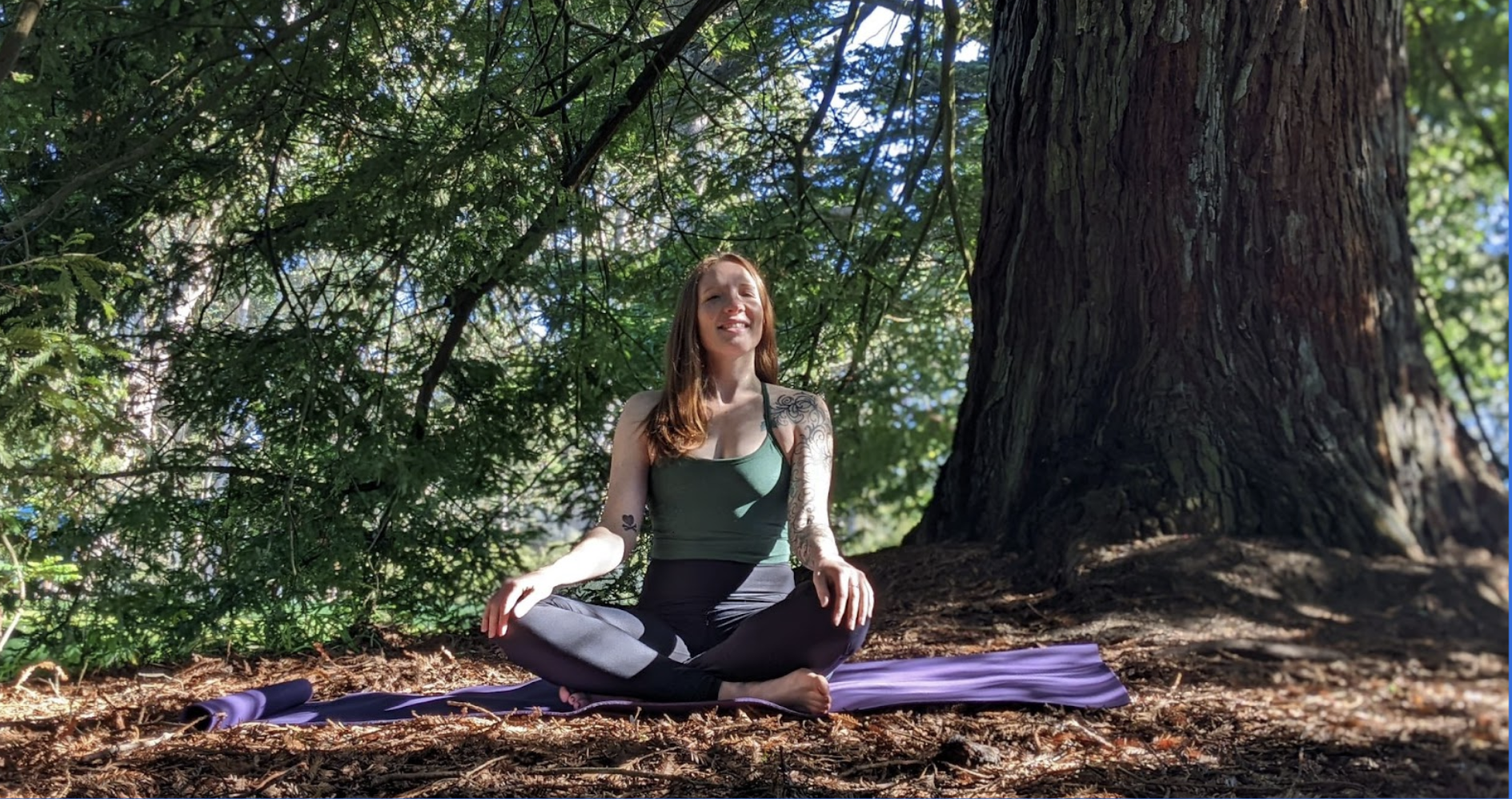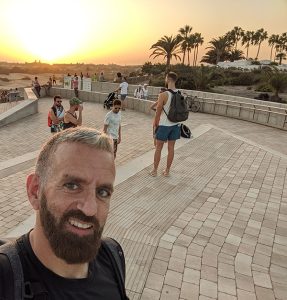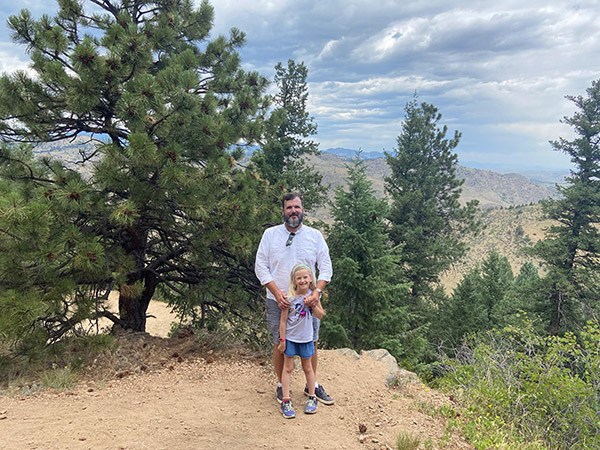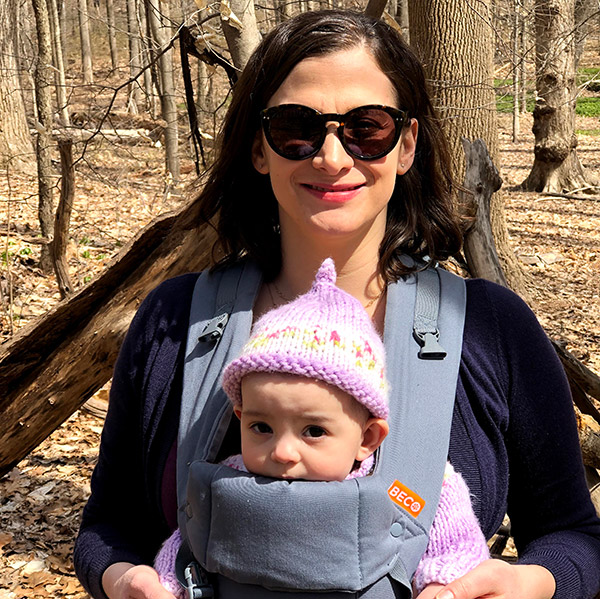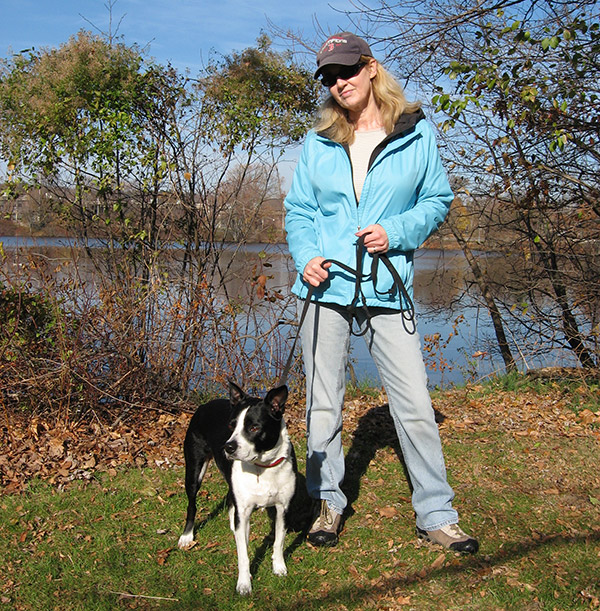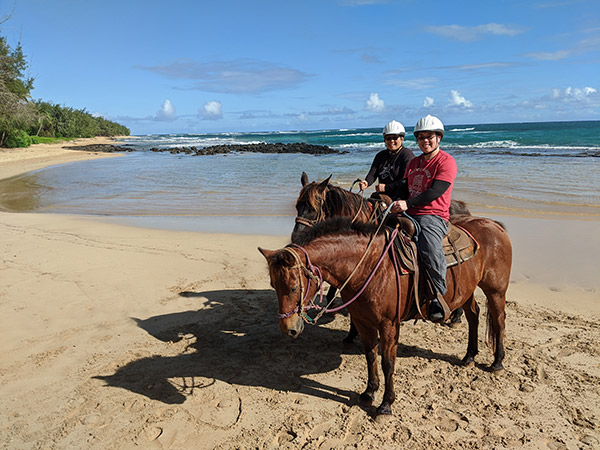Your Ultimate Guide to Blog Content: Planning, Writing, and Launching for Success!

Creating high-quality blog content that people actually read requires a combination of a well-structured plan, relatable topics and engagement opportunities, and effective writing skills. Whether you’re a seasoned blogger or just starting out, you’ll want to equip yourself with strategies to plan, write, and launch blog posts that resonate with your audience.
Let’s dive into best practices for successful blog content writing, audience building, and blog publishing.
BIG ideas: How to spark ideas and inspiration for your blog content
You’re updated on the latest and greatest news in your field. You regularly engage in discussions with your peers on topics of interest. You’ve got a few great ideas brewing and wish to make an impact. Before you start drafting these insights to share with the world, make sure you have clearly defined your blog’s purpose and target audience. Who’s your intended audience? Why would they be attracted to this topic? What goals are you hoping to achieve with your blog?
Once you identify your target audience and understand their needs, interests, and preferences for engaging in online content, you’ll be one step closer to crafting posts that truly resonate. (You might also consider developing a reader persona to guide your content writing process.)
Conduct thorough research on the topic you’re thrilled about sharing. What’s already been written about this topic? Where does that content appear? Who’s engaging with it, and why? What value can I provide my readers? Explore popular topics and trends within your niche using tools like Google Trends, keyword research tools, and industry publications. Stay updated with the latest developments in your content area to provide timely and relevant insights that can inspire, motivate, encourage, and educate. You’ll also want to analyze any competitors’ blogs to identify content gaps and opportunities for your messages. By sifting through what’s already out there, you can figure out how to make your content even more compelling to potential readers.
Content strategy: How to approach blog topics
Once you’ve got your own story straight on goals and potential topics for your blog, you’re ready to create an editorial calendar that organizes your blogs, publication dates, and related engagement or promotional activities. Define a mix of evergreen and timely content to maintain a balance between long-term relevance and current trends. Incorporate different content formats—how-to guides, top-ten lists, case studies, interviews, stories, and opinion pieces—to cater to diverse reader preferences, attract new audiences, and add variety and texture to your content writing. Cluster topics rather than just focusing on one-off posts to develop cohesive thought-leadership in your areas of expertise. (Clustering is also a helpful SEO boost!) Invite guest bloggers and collaborate with other influencers from time to time to connect with a wider audience and share other voices and views in your content area.
Does length matter?: How long should a blog post be?
A good length for a blog post is 500 to 1,500 words to attract and retain audience attention. But don’t get totally hung up about word count: Focus on delivering compelling content that is easy to read, gets your message across, and sparks engagement.
Posting cadence: How many posts per week?
In the early days of blogging, daily was the going rate. These days, less is more. Current studies show that most bloggers post weekly, with many publishing a new post two to three times a week. Our advice: Craft and stick with an editorial calendar that works best for you to get compelling content in front of your audiences. Avoid long gaps without posting anything new on your blog: Your goal is to have a regular, frequent schedule that your readers can anticipate and look forward to. Consistency is key!
SEO: How to best optimize posts
SEO strategy is critical for your blog to succeed. Before publishing your posts, conduct research to identify relevant keywords to incorporate throughout your blog copy. Optimize meta titles, meta descriptions, and URL slugs to improve search engine visibility. Structure your content with proper heading tags (H1, H2, H3) and include internal and external links to enhance SEO optimization. Use tools like Google Analytics to monitor and understand what’s actually resonating with your audience. Make adjustments as needed. Make all posts mobile-friendly with responsive design since so many of us are engaging with content on our smartphones and tablets.
Let’s get writing: How to craft compelling blog content
Creating good blog content takes time and skill. When structuring your blog content, create an introduction that hooks readers and provides a clear overview of what they can expect from your post. Use a conversational tone to connect with your audience on a personal level. Sharing authentic stories adds to your credibility, and readers will gravitate toward posts showing personality (yours and/or your brand’s). Provide valuable insights, practical tips, and actionable advice to pique your readers’ curiosity, address their pain points, and meet their interests in discovering more. If you’re focused on building an authentic online community, encourage readers to take a specific action—leaving a comment or sharing your post on their social media channels—to promote more engagement, opportunities to connect, and visibility.
Grab attention: How to use headings and visuals effectively
Use headings and subheadings to break down your content into easily scannable sections that compel people to read on. Attention-grabbing headlines become even more enticing with key words and numbers. Remember that we love quick-hit lists, especially in blog content. Include bullet points, numbered lists, and pop-out boxes or quotes in all posts. Add visual appeal with eye-catching images, graphics, videos, and formatting (like bold and italics) to enhance readability, make your content scannable, and complement your blog copy. Be sure to optimize all visual elements for fast loading times and responsive design, and add descriptive alt text to images for accessibility and SEO purposes, too.
Let it simmer: How to edit your posts
Before going live, you’ll want to edit and proofread your work. Take a break so you can read your post with fresh eyes. Better still: Read your post aloud and/or have a trusted reviewer offer copy editing and feedback. Use editing tools like Grammarly for additional assistance in polishing your work. Beyond catching those nitpicky edits (grammar, punctuation, and spelling errors), ensure clarity, coherence, and consistency in your writing style. Make sure your approach, tone, and voice are consistently “on brand” so your readers know who you are and what it’s like to engage with you (and your blog).
Ready, set, launch: How to get your blog discovered
Promote and share your content through social media platforms, email newsletters, and online communities. In these spaces, you’ll have the opportunity to engage with your readers through comments, respond to their questions, and encourage cross-discussions. Give your readers a reason to stick around to build community.
Wrap-up: Blogging pro tips review
- Take that great idea for your blog and—hold, please!
- Define your purpose, goals, and intended audience. Give your readers reasons to show up, read, and interact.
- Conduct topic, keyword, and SEO research.
- Consider content strategy that includes evergreen and timely content, topic clusters, regularly scheduled posts, short- to medium-length posts, and calls to action for continued authentic engagement.
- Use effective visuals (headings, subheads, italics, quotes) and media (videos, photos, GIFs) to enhance messages.
- Edit your work before publishing.
- Blast away!
Creating exceptional blog content requires careful planning, thorough research, and effective content writing techniques. By following the tips outlined in this guide, you can develop a content strategy that resonates with your target audience, drives more traffic to your blog, and establishes your expertise in your niche. Remember, consistency, quality, and reader engagement are key to building a successful blog. Be patient, gather community feedback, make adjustments, and expand your blog’s reach.























